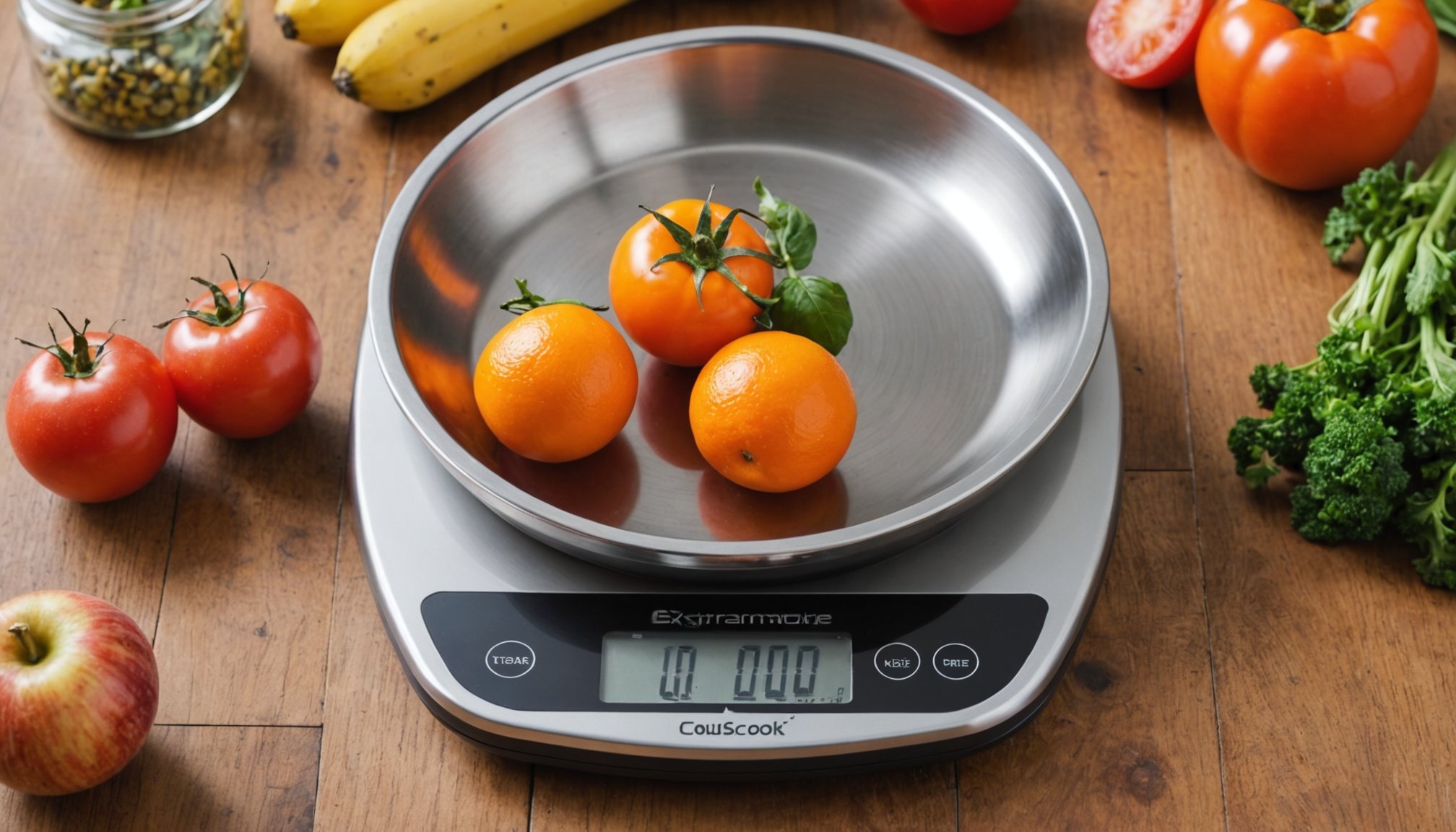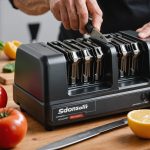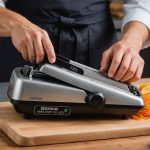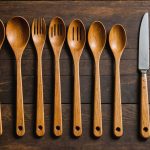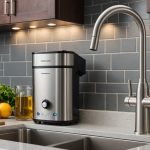The kitchen scale, a gadget often overlooked, though one of the most important instruments in your kitchen arsenal. If you love cooking or baking, you know the significance of accurate measurements when it comes to ingredients. A little too much or too little can drastically alter the end result. This is where a kitchen scale with the ability to measure in both metric and imperial units comes in handy. In this guide, we’ll discuss how to choose a kitchen scale that truly meets your needs, and we’ll also talk about some of the best options available in the market.
Understanding Your Needs
Before diving into the quest for the perfect kitchen scale, it’s crucial to identify what you need from it. Are you going to be measuring large amounts of ingredients? If that’s the case, a scale with a higher capacity might be needed. Or perhaps you require a scale that delivers highly accurate measurements for delicate recipes? Maybe you need a portable scale that you can take with you on your travels. Identifying your needs will significantly narrow down your search and help you find a kitchen scale that measures in both metric and imperial units, fitting your requirements perfectly.
Also read : Which Type of Filter is Most Effective for Range Hood Exhaust?
It’s also worth considering the display of the scale. A bright and clear display is easy to read, even in low light conditions. Some digital scales even come with backlit displays for added convenience.
What to Look for in a Good Kitchen Scale?
In the world of kitchen scales, not all devices are created equal. There are a few features that separate the best scales from the rest.
Also to discover : What Is the Best Design for a Spice Rack in a Small Kitchen?
Accuracy
The most important factor you should consider is accuracy. The primary function of a scale is to provide precise measurements. This is especially crucial if you’re regularly dealing with small portions of ingredients. Many scales offer readings in both grams and ounces, providing the flexibility to switch between units depending on the recipe.
Capacity
Next, consider the capacity of the scale. If you’re measuring large quantities of food or ingredients, you’ll need a scale that can accommodate that. Most kitchen scales can handle up to 5 kilograms or 11 pounds, which is sufficient for most home cooks.
Ease of Use
You don’t want a kitchen scale that requires a complicated manual to operate. The best kitchen scales are simple and intuitive to use, with buttons that are easy to press and a display that’s easy to read.
Some of the Best Kitchen Scales Tested
Having discussed what to look for in a kitchen scale, let’s look at some of the best kitchen scales tested, which combine accuracy, capacity, and ease of use.
Escali Primo P115C Precision Kitchen Food Scale
The Escali Primo P115C is a highly accurate and easy-to-use scale that measures in both grams and ounces. It has a capacity of 5 kilograms or 11 pounds, making it a versatile option for various cooking tasks. The bright, easy-to-read display and the straightforward two-button operation make this scale a favorite among many home cooks.
OXO Good Grips Stainless Steel Scale
This scale from OXO Good Grips is another excellent option that scores high on accuracy, capacity, and ease of use. It measures in both metric and imperial units and has a capacity of 5 kilograms or 11 pounds. The unique feature of this scale is its pull-out display, which is incredibly convenient when you’re measuring large items that might otherwise obscure the display.
How to Get the Most Out of Your Kitchen Scale?
Now that you’ve chosen the perfect kitchen scale, it’s crucial to know how to get the most out of it. Here are some tips to help you achieve the best results.
Always place your scale on a flat, stable surface before weighing anything. This is because an uneven surface can throw off the readings.
Make sure you know how to switch between units (grams and ounces) on your scale. This can be very useful when you’re following a recipe that uses a different unit of measurement.
Lastly, it’s good to regularly check the accuracy of your kitchen scale. You can do this by weighing a known object, like a coin, and comparing the reading on the scale to the actual weight of the object. If the readings are off, it might be time to replace the batteries or consider getting a new kitchen scale.
As the saying goes, "the right tools make the job easy." Now that you know what to look for in a kitchen scale that measures in both metric and imperial units and some of the best options out there, you’re well equipped to make your cooking or baking experience a lot more enjoyable and precise. Happy cooking!
Tips to Maintain Your Kitchen Scale
Now that you’ve chosen a kitchen scale that aligns with your culinary needs, it’s essential to ensure that it serves you reliably for a long time. Proper maintenance and regular cleaning are the keys to prolonging the lifespan of your kitchen scale.
Firstly, always handle your kitchen scale with care. Some scales, especially digital scales, are delicate and can be damaged easily. Never overload your scale beyond its maximum capacity, as this can strain the weighing platform and affect the accuracy of future measurements.
Secondly, cleaning your kitchen scale, particularly the weighing platform, is an indispensable part of its maintenance. A stainless steel platform can be wiped clean using a damp cloth, whereas a plastic platform might require a bit of mild detergent. However, do not immerse your scale in water or put it in the dishwasher, as this could damage the electronic components.
Thirdly, ensure that you’re regularly changing the batteries in your digital kitchen scale. Low batteries can result in inaccurate measurements. Some digital kitchen scales even have a battery level indicator to tell you when it’s time for a change. If your scale uses rechargeable batteries, make sure to charge them as per the instructions in the user manual.
Lastly, it’s a good practice to recalibrate your scale periodically. Over time, your scale’s accuracy may drift slightly due to various factors. Calibration ensures that your scale delivers accurate readings consistently. Some scales, like the Escali Primo and Ozeri Pronto, come with easy calibration procedures outlined in their user manuals.
Conclusion
In conclusion, finding the perfect kitchen scale that measures in both metric and imperial units is not a daunting task if you know what you need and what to look for. Whether it’s the versatile Escali Primo P115C Precision Kitchen Food Scale or the OXO Good Grips Stainless Steel Scale with the pull-out display, the choice is yours.
Remember, the best kitchen scales are those that deliver accurate readings, have the capacity to handle your food measurements, and are easy to operate. No matter what scale you choose, proper care and maintenance will extend its lifespan and ensure that it continues to provide a high level of service.
By investing in a good kitchen scale, you’re not only enhancing your cooking experience but also ensuring that your recipes turn out perfectly every time. So go ahead, make an informed decision, and let the best kitchen scale make your culinary journey a breeze. Happy weighing!

